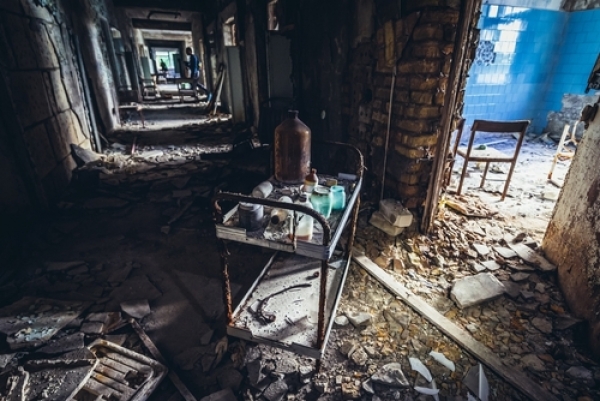On 6 March, the Office for the Coordination of Humanitarian Affairs (OCHA) published a report concerning the humanitarian impact of the conflict in Ukraine, covering the period from 3 p.m. (EET) 5 March to 3 p.m. (EET) 6 March. The report was released in collaboration with other humanitarian partners through the collection and analysis of available data up to that date, from the beginning of the conflict on 24 February. After an overview of the situation, the report outlines the primary needs of the population, the current responses by the humanitarian organization, and the gasps and challenges that these organizations are facing.
On the 5 March, one of the main problems experienced by humanitarian actors is the lack of “safe passages” and “windows of silence” through which civilians at risk can be relocated and humanitarian relief supplies can reach the population. On 6 March has been reported that the evacuation of 400.000 civilians from Mariupol was not possible due to clashes among the evacuation roots, and on the same day if the evacuation of civilians from Kharkiv was permitted. At the time of writing the report, OCHA indicates 1,123 civilian casualties, including 364 killed, a more than 410 per cent increase compared to 26 February when OHCHR reported 240 civilian casualties. Moreover, more than 1.5 million people have fled Ukraine to neighboring countries over the past 10 days, primarily in Poland, followed by Hungary, Slovakia, and the Republic of Moldova; among these people, the UN Children’s Fund (UNICEF) says that around 500,000 were children. As violent clashes continue to intensify, these numbers are expected to grow significantly.
In this situation, OCHA reports the specific needs registered among the population dividing them in three different categories: multi-sectoral needs, health needs and wash. Firstly, the organization identifies as “multi-sectoral needs” food, water, shelter and all basic households’ items, not only within the country but also in the neighboring countries where people are arriving; restore access to water supply; the establishment of humanitarian corridors for respecting the independence of humanitarian personnel and volunteers.
Secondly, health needs have been detected especially in the eastern and southern parts of the country, where life-saving health services, including sexual and reproductive health, are urgently needed. Moreover, oxygen reserves are decreasing, and beds occupied by COVID-19 patients are increasingly being repurposed for trauma injuries and critical illnesses. Thirdly, water infrastructures have been damaged or destroyed – particularly in the Donbass region where the major water supplier operates -; thus, making the need for water extremely urgent.
Concerning the response coordination of humanitarian actors, the Government of Ukraine has set up a Coordination Centre for Humanitarian and Social Affairs to coordinate the response of NGOs and international humanitarian organizations, while OCHA is mapping new capacities and partners in Ukraine to understand the operational presence of humanitarian partners, ensure a better-coordinated response and identify response gaps.
Furthermore, several actions for assessing the response situation have been implemented: among them, Health Cluster partners, with support from WHO, carried out an assessment of the public health situation in Ukraine, while the Education cluster assessed the education situation in the country. In order to improve the situation, 64 tons of humanitarian relief supplies have been delivered by UNICEF, whereas UN women continues to identify women and girls in need and implements a gender-based response. Concerning this, the UN Population Fund (UNFPA) is also contributing with 20 operators and four psychologists who continue to respond to messages received from women across Ukraine.
Despite the multi-sectoral response, gaps and challenges remain and must be countered. The main problems regard the access to conflict-affected communities, the presence of several households without gas, the restricted access of humanitarian partners to the regions most affected by the conflict, limited access to healthcare services, and partially non-operational banking services. The most relevant gap for civilians concerns the lack of basic goods and the limited access to essential services.
Overall, it has been registered a comprehensive response by several agencies of the United Nations and the Ukrainian Government;
However, the situation remains highly unstable, and the continuous clashes and violence often impede the success of humanitarian operations.
To know more, please read:
https://reports.unocha.org/en/country/ukraine/
https://reliefweb.int/report/ukraine/ukraine-situation-report-26-may-2022-enruuk
by Alexia Tenneriello




